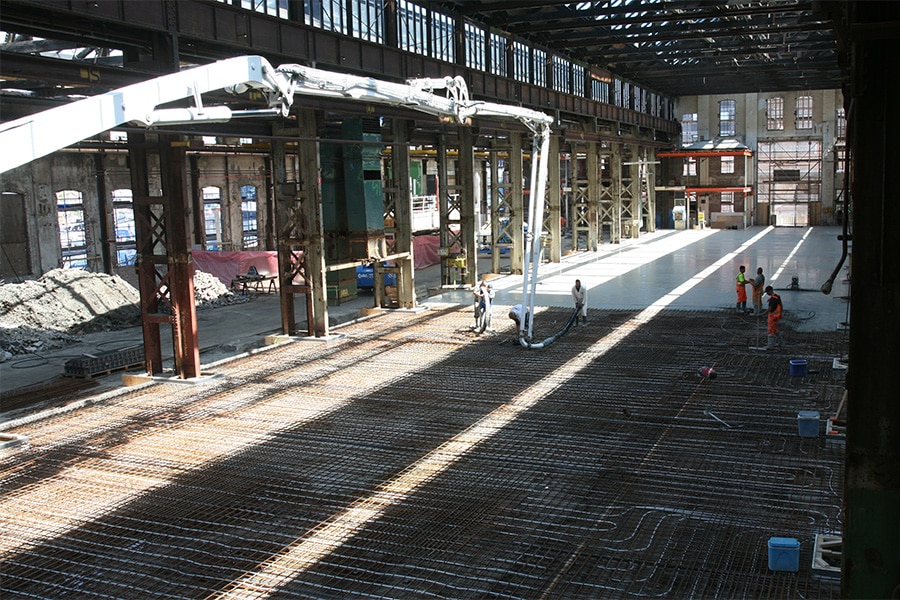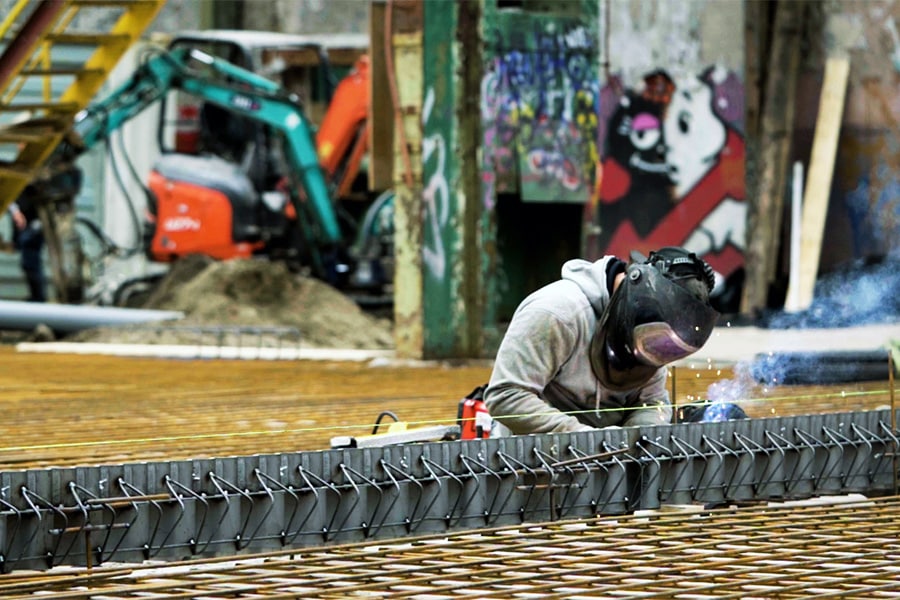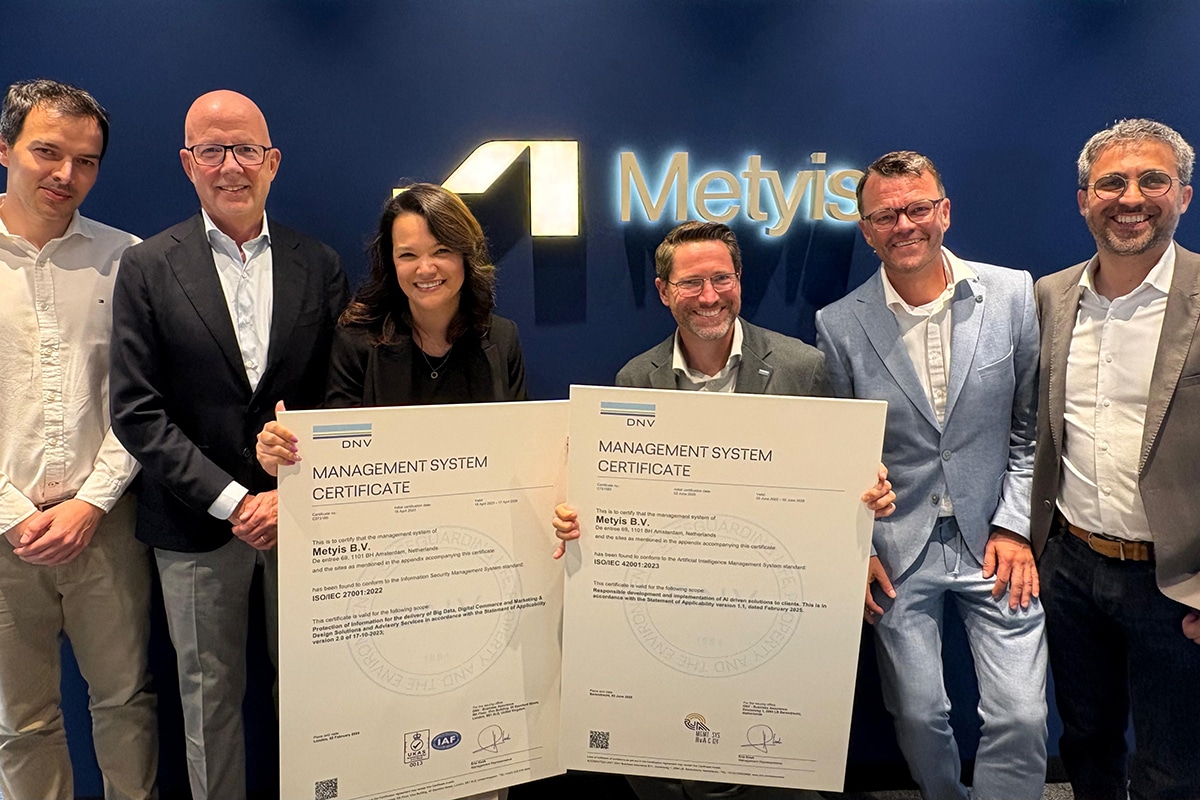
"Building sustainably, but not at the expense of quality"
Concrete plants are making a major contribution to a greener construction industry, including for civil engineering. Sustainability plays an increasing role in the preparation and execution of projects. The Sustainability Report Concrete House Concrete Mortar presented recently charts the greening of the sector.
"We are far ahead in the Netherlands when it comes to sustainability of concrete. We've been working on making the concrete industry more sustainable for a very long time and have made a big impact. The CO2-emissions have been declining for five years," said Paul Ewalds, sector secretary of Concrete Mortar at Betonhuis. The figures support his statement: the Sustainability Report on Concrete Mortar shows that with the 15 million cubic meters of concrete produced annually by the Netherlands, we are only 1.5% of CO2-emissions. In the EU, the average is 4 to 6% and worldwide as much as 9%. Compared to 2012, the production of concrete mortar now produces 10% less CO2 produced.
Economical transport
Making the concrete industry more sustainable is largely in the area of energy use, which includes transportation and truck mixer fuel. Economical driving, shifting from road transport to water transport, more efficient logistics and the transition to not only electric driving but also electric truck mixer drums are delivering significant CO2-savings, the report says. Transport distance to work is also relevant here, says Ewalds: "Various regional authorities have realized that the concrete industry has an important place, also in the urban area. Concrete plants here go well together with housing and fulfill a social function in the realization of the construction task, among other things. This also provides shorter transport distances."
Smart use of binders
The largest contribution to CO2-emissions from concrete mortar are caused by the binder. Sustainability then involves the choice of cement, but also the use of alternative binders such as fly ash and blast furnace slag. Their production produces less CO2 free. In addition, the reuse of materials continues to be optimized. The use of secondary raw materials, including concrete granulate, ballast gravel, fly ash and blast furnace slag increased slightly last year compared to 2016 from 4.2 to 4.5%.
"These are great results," says Ewalds. "But that doesn't mean it can't get better. For that, Betonhuis has two tools. The first is the CSC seal of approval. That grew six years ago from a Dutch initiative to make the concrete chain, from raw material to concrete, more sustainable. The CSC seal of approval is now international. Dutch companies hold about half of the certificates, but other countries such as Turkey and Germany are on the right track."
The second tool is the Benchmark Concrete, an online comparison tool for sustainable operations and production. Concrete companies that are members of Betonhuis can enter the data of their production process, such as binders, additives and energy consumption, online and compare it with the average in the Netherlands. "We think this voluntary method of getting started with sustainability helps our members better than imposing measures. And that this works is shown by the results of this report."
Knowledge in house
Ewalds emphasizes that focusing only on sustainability in the concrete industry is risky. "Sustainability does not take precedence over quality for us. The use of other types of binder can affect service life and resistance to external factors such as salt water. An example: if you choose a concrete product with a very low CO2-emissions, for example, by using an alternative binder and also wants to apply a high content of concrete aggregate, then the product's lifespan may be shorter. You can't have everything at once."
Ewalds emphasizes that making and processing good concrete mortar with the desired properties requires a great deal of knowledge and expertise. "It really is a profession. The members of Betonhuis Concrete Mortar have that knowledge. In complex projects, where sustainability and circularity play a role, it makes sense to involve our members in the specifications phase of the construction project."



